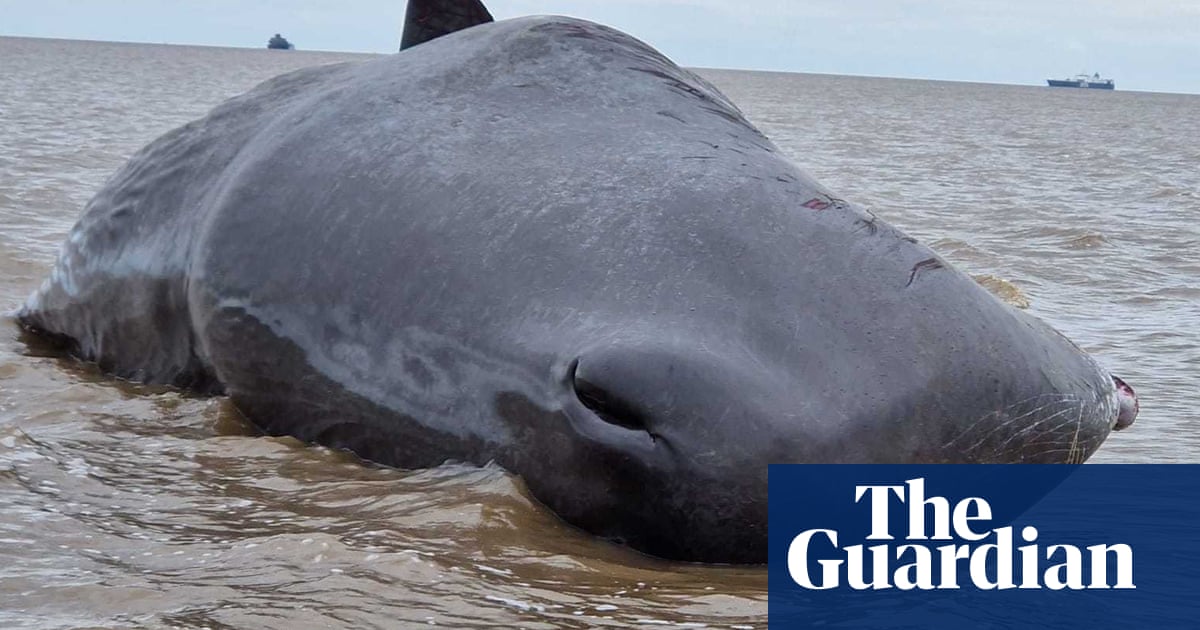
It is the most mythic animal in the ocean: a white sperm whale, filmed on Monday by Leo van Toly, watching from a Dutch merchant ship off Jamaica. Moving gracefully, outrageously pale against the blue waters of the Caribbean, for any fans of Moby-Dick, Herman Melville’s book of 1851, this vision is a CGI animation come to life.
Sperm whales are generally grey, black or even brown in appearance. Hal Whitehead, an expert on the species, told the Guardian: “I don’t think I’ve ever seen a fully white sperm whale. I have seen ones with quite a lot of white on them, usually in patches on and near the belly.”
Only a handful of pure white whales have been recorded this century. The last one to be photographed appeared off Sardinia in 2015, an individual that had not been seen for nine years before that.
A white whale is not necessarily albino. Some have a condition known as leucism, an irregular distribution of melanin pigment in the skin that can affect many animals, from the common crow to orcas and dolphins. True albinos have pink eyes, and since this rare film was taken at a distance, it is difficult to diagnose the animal’s condition.
A celebrated albino humpback whale, Migaloo, has been seen off the Australian coast since 1991.
Melville’s white whale bit off Captain Ahab’s leg and sent the maddened seafarer halfway round the world in pursuit of it, seeking revenge. In the book, the whale becomes a shapeshifter, able to be present in more than one place at the same time. Ahab invests his cetacean foe with a sense of malignity – but Melville’s tale makes clear there is only one animal on Earth who exhibits evil, and that is his own species.
The author goes further, seeing the whale’s whiteness as something eerie in itself, as he compares it with the great white shark or the polar bear. “It was the whiteness of the whale that appalled me,” his narrator, Ishmael, remarks.
Many critics believe Melville was using the whiteness of the whale to critique the widespread abuse of enslaved people in the North American states. Even as he wrote his book, the author was aware of the potential violence that the struggle for abolition would bring to his country.
Sperm whales, which can reach 18 metres in length, have the largest teeth of any animal. They also boast the biggest brain, use different dialects in their communicative clicks from one group to another and possess an intergenerational culture that is passed on matrilineally.
Their sense of social expression and cohesion defines them: one feels this when in the water with them, as their sonorous clicks permit them to communicate with one another over great distances. This highly unusual sighting of an almost heraldic beast speaks to the paradoxical fragility of whales - the largest animals on earth, yet whose fates we hold in our hands.












